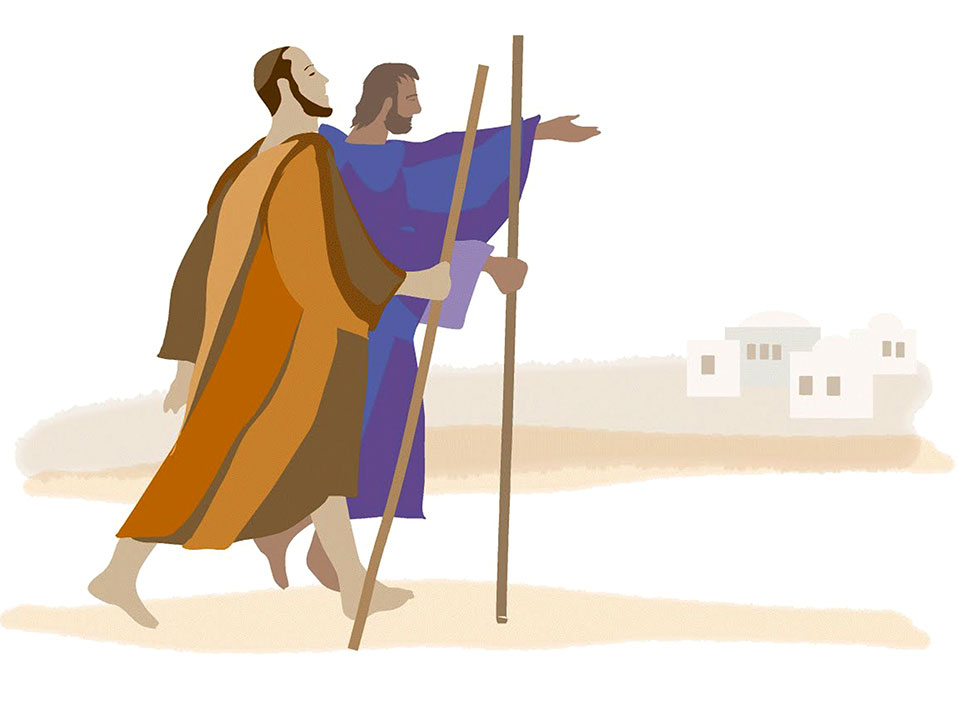Sensible people have long recognized that a buildup of weapons often leads to senseless destruction. After the horrors of WW I, there was a movement within the League of Nations to put restrictions on the transfers of weapons across international borders. However, many nations, spurred on by rivalry and territorial ambition, thought it was in their interest to re-arm and build up their military forces. The even greater horrors of WW II were the sad result.
Following WW II, the United Nations was formed to establish a secure peace founded on human rights and mutual respect of nations. The UN Charter gave the Security Council a mandate to prevent a buildup of arms in the interests of global peace and security, but few steps were taken since the permanent members of the Security Council had economic and geopolitical interests conflicting with this goal.
The “Cold War” spawned countless conflicts both within nations and between nations. The five permanent members of the Security Council were often actively engaged in fomenting conflict within nations to destabilize them and arming nations and groups for “proxy wars,” such as the Iran-Iraq conflict, and the countless “civil wars” in Africa and Latin America. Tens of millions of people lost their lives and property, and millions became refugees or internally displaced persons who were forced to flee from their homes.
People around the world, recognizing the folly of actions that foster endless conflict, began to clamor for change. In November 1993, the European Union, through the Organization for Security and Cooperation in Europe (OCSE), established a set of principles to govern arms exports on the basis of eight previously established criteria. However, the implementation of these principles was entirely voluntary.
Eventually a civil society movement, based on humanitarian and human rights concerns, arose to demand binding instruments. In 1993-94 representatives of Amnesty International, Saferworld, the World Development Movement and the British American Security Information Council – joined, some years later, by Oxfam U.K. and Ploughshares Canada – created a draft proposal for a legally binding “Code of Conduct” on international arms transfers for member states of the European Union. In 1998, the EU did establish a Code of Conduct for Arms Exports. The movement put reasonable limits to international arms transfers which spread and, eventually, became worldwide.
The role of a small country
In October 1996, former Costa Rican President and 1987 Nobel Peace Prize winner Óscar Arias Sánchez invited fellow Nobel Peace Laureates, including Mikhail Gorbachev and Amnesty International, to attend the “State of the World Forum” that he convened in San Francisco. A revised International Code of Conduct was the eventual fruit of this initiative.
Two years later, in the U.S., Senators John Kerry and Cynthia McKinney promoted a law mandating the U.S. President to negotiate an international agreement on arms transfers. However, the U.S. became and has remained the largest manufacturer and exporter of weapons. In November 2000, President Arias, together with other Nobel Peace Laureates and NGOs, asked Costa Rica’s UN Mission to promote a draft Code of Conduct intended to bind all UN member states.
In 2001, the UN created a Program of Action to prevent, combat and eradicate the illicit trade in small arms and light weapons in all its aspects (PoA). However, its implementation was still voluntary and its scope limited to transfers that were already considered illegal. The group led by Amnesty asked legal scholars to draft what became the “Framework Convention on International Arms Transfers.” In 2003, President Óscar Arias Sánchez, together with other Nobel Laureates, began to actively promote the Convention in the UN system.
Amnesty International, Oxfam and the International Action Network on Small Arms (IANSA) launched, in October 2003, a Control Arms campaign for a global Arms Trade Treaty (ATT) in more than 100 countries. Eventually, more than a hundred large and small organizations joined the coalition. Many other human rights organizations have taken an active part in the campaign for an ATT without formally joining the coalition. By early 2005, more than 50 governments had declared their support, in principle, for an ATT.
In July 2006, Argentina, Australia, Costa Rica, Finland, Japan, Kenya and the U.K. sponsored a resolution calling on the UN’s First Committee on Disarmament to open negotiations for an ATT. This evolved into the UN General Assembly Resolution 61/89. In December 2006, 153 states voted in favor, and only U.S. voted against it.
The anonymous pressure
In 2009, the Obama administration, reversing the stance of the Bush administration, declared qualified support for negotiations towards the creation of an ATT. The UN General Assembly Resolution 64/68 established a time frame for the negotiations. A series of “PrepComs” and meetings of governmental experts from 2010 to 2012 prepared the way for the Conference on the Arms Trade Treaty in July 2012.
Throughout this process, the NGO members of the Control Arms Coalition and allied NGOs rallied support for the ATT in over a hundred countries. Countless people, many of whose names we may never know, joined the advocacy effort to win the positive and active support of their governments. Within the UN system Control Arms members lobbied the states’ missions for back up and contributed expert advice and other support to the states with smaller mission staffs.
Without this massive effort, U.S. would have excluded ammunition and munitions from the treaty entirely and made many sections of the treaty non-binding. Russia and China would have excluded small arms and light weapons (SALW) or eliminated criteria for arms transfers based on human rights and international humanitarian law. Even so, U.S., China and Russia scuppered the first round of negotiations in July 2012. However, urged on by citizens of their countries and NGOs based in them, in November 2012, the UN member states voted, with a massive majority of 157, in favor of organizing a final UN negotiating conference that took place at the end of March 2013.
The final negotiating conference was, thus, held in New York in March 2013. Although 18 Nobel Peace Laureates had urged Pres. Obama to take the lead to bring about a positive outcome, the U.S. delegation seemed to be primarily concerned to establish the legitimacy of commerce in arms and to create major “loopholes” in the draft treaty, serving the interests of the arms industry. Considerable progress was made in the text of the draft treaty, but some nations were concerned that their right to import weapons for self-defense could be compromised, and other nations wanted to explicitly include the right to self-determination for Palestinians and other peoples. At the end of the conference, Iran, North Korea and Syria blocked adoption of the treaty.
However, the UN General Assembly, on April 2, 2013, approved the ATT by an overwhelming majority of 154 votes in favor. The ATT will be “open” to be signed by UN member nations and will go into effect after 50 nations will have ratified it.
Africa’s support
African states and civil society groups played a major role in promoting and negotiating the ATT, with most of the Sub-Saharan states voting as a bloc. In 2006, Kenya co-sponsored the UN resolution that set the negotiation process in motion. During the July 2012 and March 2013 negotiations, African states helped to ensure that small arms and light weapons (SALW) were included in the scope of the treaty. In March, Ghana spoke for a group of 69 states to insist that international transfers of ammunition and munitions be covered by at least some of the provisions. Ghana also spoke for 103 states in insisting on the principles of transparency and accountability.
The Arms Trade Treaty offers new hope to reduce the level of violent death and destruction in many parts of the world. The peoples of the world made the adoption of the Treaty happen! Now, we must make sure that our nations sign and ratify it for the common good of the whole world.







